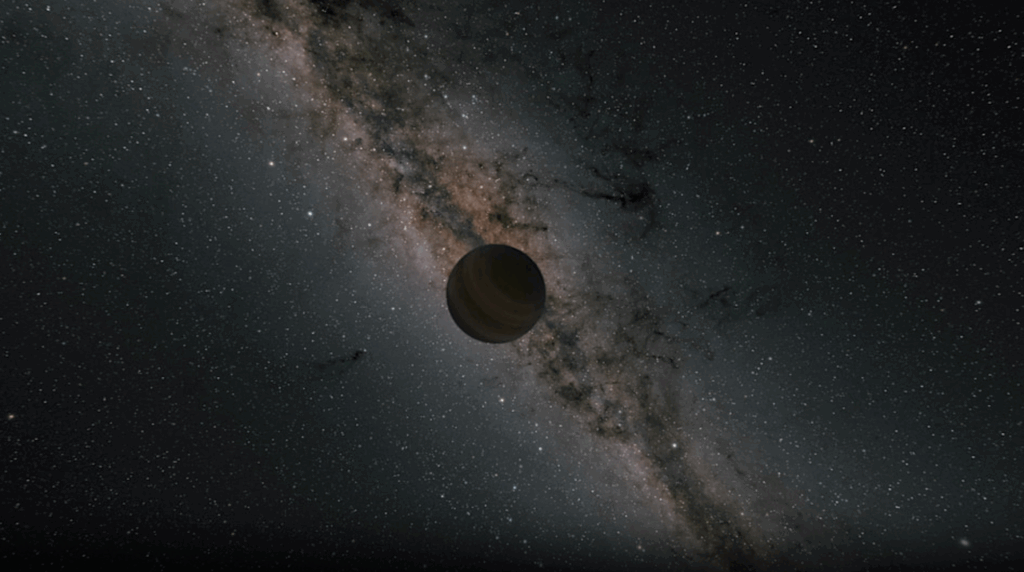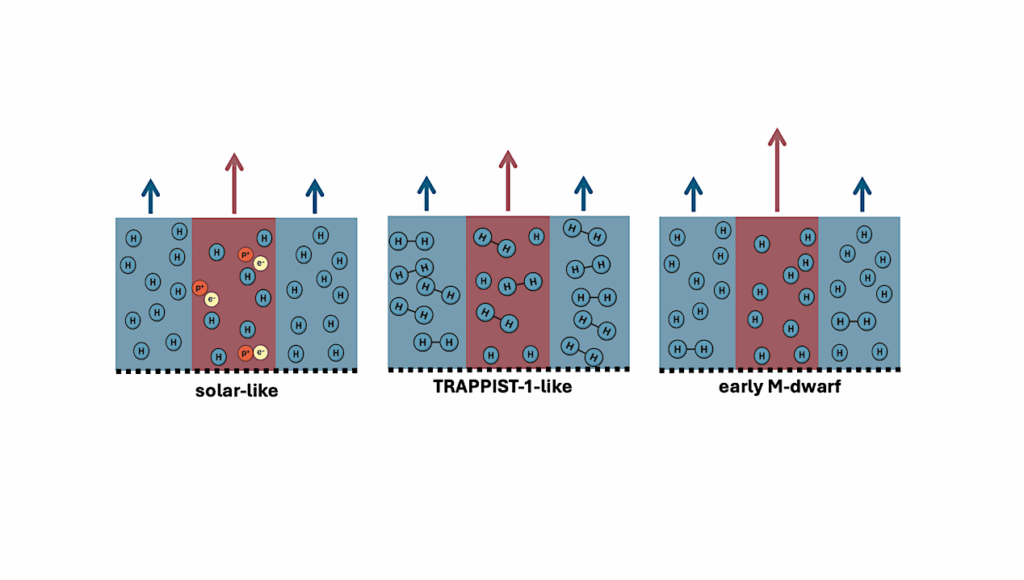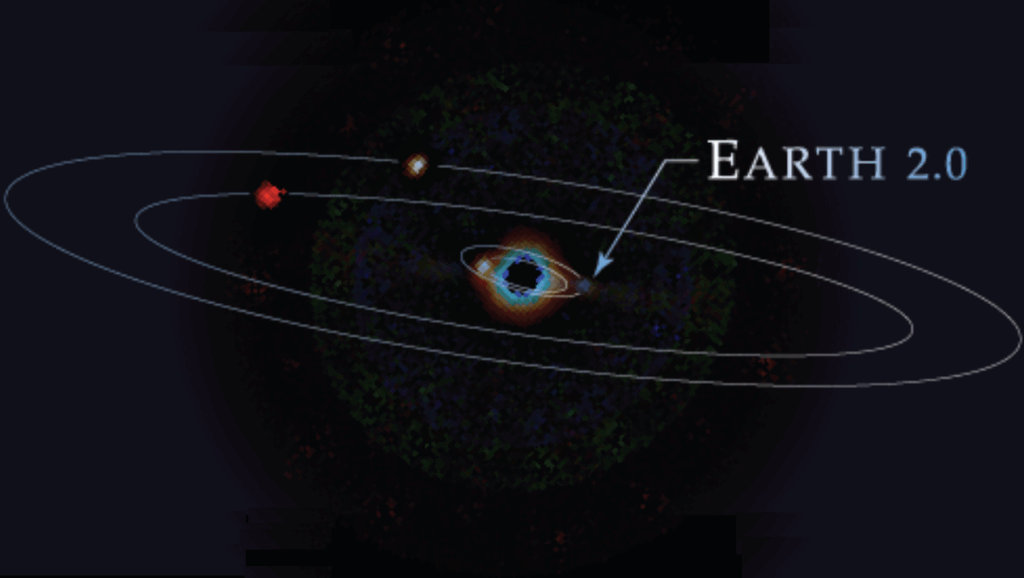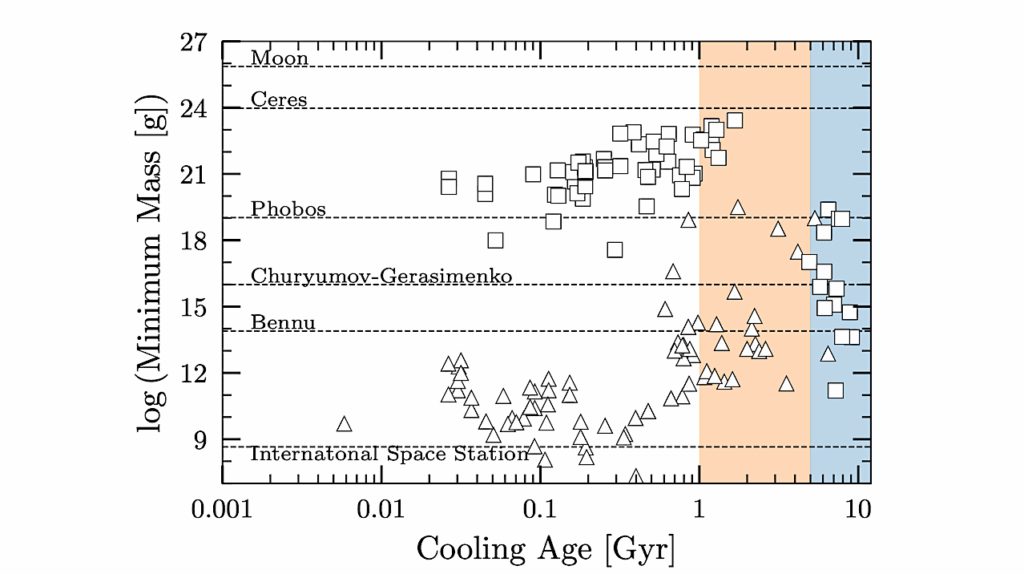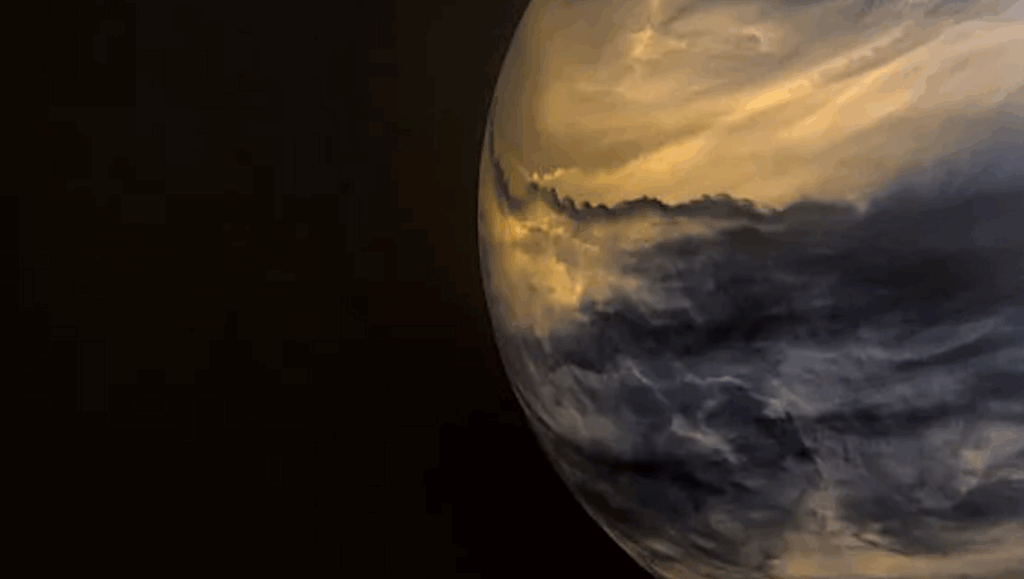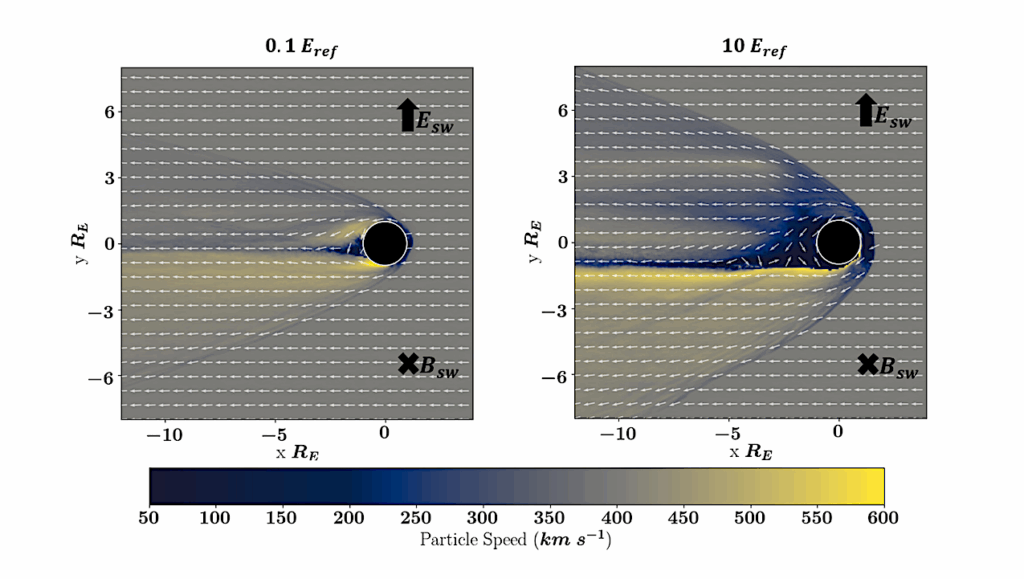Characterizing The Near-infrared Spectra Of Flares From TRAPPIST-1 During JWST Transit Spectroscopy Observations

We present the first analysis of JWST near-infrared spectroscopy of stellar flares from TRAPPIST-1 during transits of rocky exoplanets. Four flares were observed from 0.6–2.8 μm with NIRISS and 0.6–3.5 μm with NIRSpec during transits of TRAPPIST-1b, f, and g.
We discover Pα and Brβ line emission and characterize flare continuum at wavelengths from 1–3.5 μm for the first time. Observed lines include Hα, Pα-Pϵ, Brβ, He I λ0.7062μm, two Ca II infrared triplet (IRT) lines, and the He I IRT. We observe a reversed Paschen decrement from Pα-Pγ alongside changes in the light curve shapes of these lines. The continuum of all four flares is well-described by blackbody emission with an effective temperature below 5300 K, lower than temperatures typically observed at optical wavelengths.
The 0.6–1 μm spectra were convolved with the TESS response, enabling us to measure the flare rate of TRAPPIST-1 in the TESS bandpass. We find flares of 1030 erg large enough to impact transit spectra occur at a rate of 3.6+2.1−1.3 flare d−1, ∼10× higher than previous predictions from K2. We measure the amount of flare contamination at 2 μm for the TRAPPIST-1b and f transits to be 500±450 and 2100±400 ppm, respectively.
We find up to 80% of flare contamination can be removed, with mitigation most effective from 1.0–2.4 μm. These results suggest transits affected by flares may still be useful for atmospheric characterization efforts.
Ward S. Howard, Adam F. Kowalski, Laura Flagg, Meredith A. MacGregor, Olivia Lim, Michael Radica, Caroline Piaulet, Pierre-Alexis Roy, David Lafrenière, Björn Benneke, Alexander Brown, Néstor Espinoza, René Doyon, Louis-Philippe Coulombe, Doug Johnstone, Nicolas B. Cowan, Ray Jayawardhana, Jake D. Turner, Lisa Dang
Comments: 29 pages, 17 figures, 3 tables, accepted to The Astrophysical Journal
Subjects: Earth and Planetary Astrophysics (astro-ph.EP); Solar and Stellar Astrophysics (astro-ph.SR)
Cite as: arXiv:2310.03792 [astro-ph.EP] (or arXiv:2310.03792v1 [astro-ph.EP] for this version)
Submission history
From: Ward Howard
[v1] Thu, 5 Oct 2023 18:00:02 UTC (5,653 KB)
https://arxiv.org/abs/2310.03792
Astrobiology


